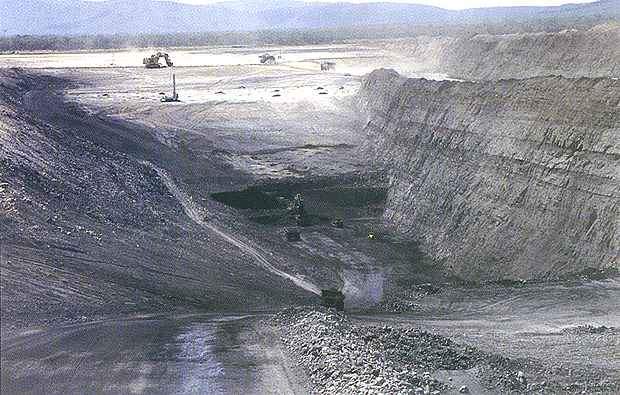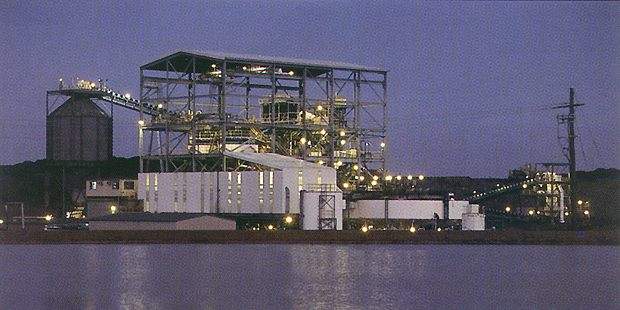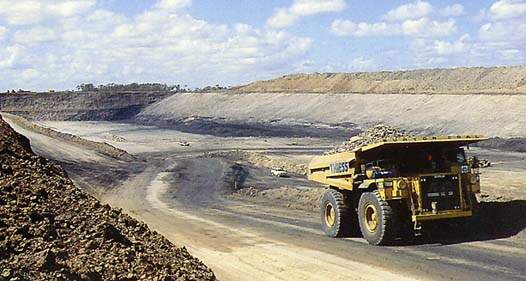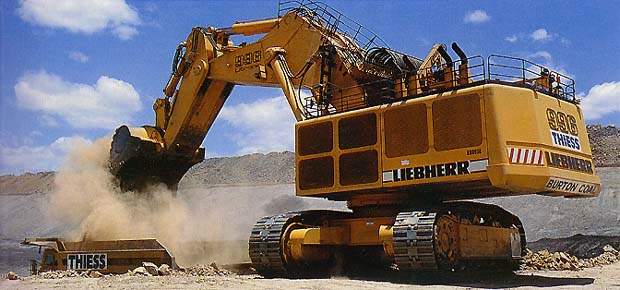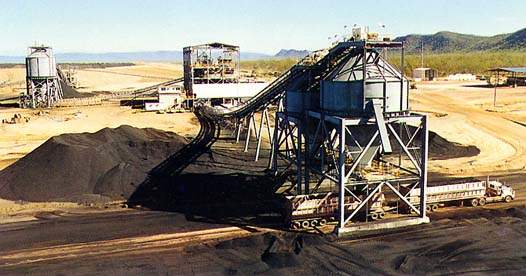Burton is located in Queensland’s Bowen Basin, 150km south-west of the coastal town of Mackay. It produced its first coal in November 1996. An open-pit operation, Burton has a production capacity of around 4.5Mt/y, with 80% of its output being high-quality coking coal for the export market. Annual production is now up over three million tons.
Portman Mining awarded Australian construction and engineering firm Thiess the design, construct and operate mining contract in January 1996. As part of the financing arrangement, Thiess secured a 5% equity stake in the venture.
In 2004, Germany’s RAG sold its holding in Burton to the US-based coal company Peabody Energy, together with its North Goonyella underground mine, also in Queensland, and its Twentymile mine in Colorado, US, for a total of $421m.
Mine operator Theiss employs 255 full-time staff and 215 contractors. Peabody Energy Corporation is the largest private-sector coal company in the world. In 2006, it sold over 247 million tons of coal.
The company’s coal fuels approximately 10% of the electricity generated in the US and 3% of electricity generated throughout the world. As of 31 December 2006, the company had 10.2 billion tons of proven and probable coal reserves, the industry’s largest.
Geology and reserves
Burton’s resources are hosted in the Permian Rangal Coal Measures. The main Leichhardt and Vermont coal seams coalesce over much of the area to form the 11m-thick Burton seam, while the Burton Rider seam is developed immediately above this in its central part. The coal measures dip at 8–32° towards the east.
Mineable in-situ reserves are 54.6Mt to a depth of 80m and 65.8Mt to a depth of 100m. The deposit contains both opencut and underground coal resources. Opencut coal resources in the Burton seam occur along a 16km strike length and are adequate to support a 12-year mine life, with at least the same again in underground resources. The company also controls the adjacent Plumtree and Kerlong resources, which have not yet been exploited.
Coal quality
Burton boasts that it produces high-quality coking coal with the lowest sulphur content for any Australian hard coking coal. It also claims to have one of the lowest ash contents. The mine can also provide a semi-soft product for use as either a coking blend component or for pulverised coal injection. Burton thermal coal is a low-sulphur, low-nitrogen, high-energy product with high ash fusion temperatures and can be easily pulverised.
Mining method
In 1998, the Burton pit was deepened 30m to 110m. Extra infrastructure to cater for the pit expansion included a second 400tph coal processing module, a truck retrieval and skyline stockpiling facility at Mallawa and an expansion of village accommodation and mine site facilities.
The mine now extends over four operating pits, from Burton in the north to Wallanbah in the south, covering a distance of approximately 28km. The depth to the top of coal in the Burton, Ellensfield and Wallanbah pits is currently 100m, 120m and 90m respectively.
The mining operation is not continuous, with Ellensfield and Wallanbah pits just over 2km long and 15km apart. In October 2004 the project added Plumtree to open-cut operations.
Thiess provides all the mining services to Burton.
Coal preparation
All run-of-mine coal is cleaned before transport by rail to Dalrymple Bay for export. Raw coal is crushed to –50mm, with prime hard coking coal, recovered using dense medium cyclones. Middlings from this circuit are retreated to produce thermal coal. Variable amounts of coking coal product can be diverted into the thermal coal to enhance it if needed.
Fine raw coal is handled in spirals and Jameson flotation cells to produce further prime hard coking coal. The products are dewatered in centrifuges and a belt filter before being recombined into the coking and thermal products.
Exports
The clean coal is loaded from product bins at the washery into 180t-capacity, triple-trailer road trains, and hauled 35km along a specially constructed haul road to the Mallawa siding on Queensland Railways. The system has the capacity to haul some 8,000t/d. An automated loading system on the coal preparation plant loading bins allows remote operation of the loading gates by the vehicle operator.
At Mallawa, the coal is side-dumped from the trucks adjacent to the respective stockpiles, so as to minimise the requirement for bulldozing. A Caterpillar D11N bulldozer fitted with a coal blade is used to push the dumped coal up on to the stockpiles. After reclaim, the coal is rail hauled 170km in 7,500t-capacity trains to the port at Dalrymple Bay. The Dalrymple Bay facility has a current nominal capacity of 33Mt/y, having recently been expanded.
The coal is sold mainly to steel producers throughout Asia, Europe and South America.

